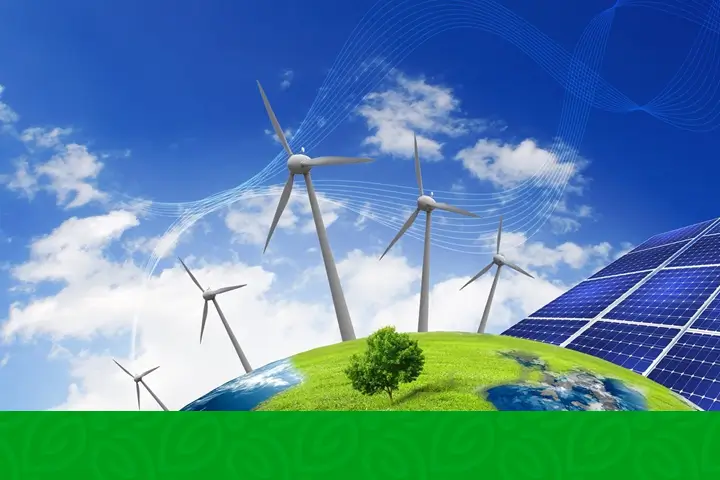
In a groundbreaking alliance that promises to reshape Kenya’s energy landscape, President William Ruto and European Commission President Ursula von der Leyen have signed a historic pact. This monumental agreement sees the European Union (EU) committing nearly Sh1.9 billion (€12 million) in grants to fuel the growth of Kenya’s green hydrogen industry. This transformative initiative is poised to not only revolutionize Kenya’s energy sector but also amplify its role in the global fight against climate change.
A Visionary Strategy for a Greener Tomorrow
At the launch of the Green Hydrogen Strategy and Roadmap for Kenya, President Ursula von der Leyen extolled Kenya’s dedication to the cause of environmental preservation. She hailed Kenya’s ambitious goal of achieving 100 percent clean energy by 2030 as an inspiration to the world. The Green Hydrogen Strategy and Roadmap, she affirmed, will play a pivotal role in Kenya’s journey toward this ambitious target. It will not only reduce emissions but also position Kenya as a strategic player in the global green energy market.
Charting a Course to Sustainable Progress
The roadmap itself is a comprehensive document that outlines Kenya’s aspirations for developing its green hydrogen industry up to 2032 and beyond. Its core focus encompasses the growth of the domestic market, expanding exports, and the achievement of specific milestones in emissions reduction, job creation, and direct investment.
President Ruto emphasized that this roadmap prioritizes economic growth, job creation, and environmental stewardship. It maps out a trajectory for Kenya to harness the immense potential of green hydrogen as a driving force behind its energy transformation. Additionally, the green hydrogen economy is expected to have a far-reaching impact on sectors such as agriculture, including the green production of tea, coffee, horticulture, floriculture, and cereals, further enhancing food security.
The Global Energy Revolution
Jutta Urpilainen, the EU Commissioner for International Partnerships, conveyed the significance of green hydrogen as the energy source of the future. She highlighted Africa’s enormous potential to lead in the development of this sustainable energy source. The EU’s support for Kenya’s green transition is part of the Global Gateway, a forward-looking and sustainable investment strategy that aims to mobilize €150 billion for Africa’s development.
A Pledge of Support and Cooperation
Thomas Östros, Vice-President of the European Investment Bank, underscored that Kenya’s adoption of this visionary roadmap will solidify its status as a global leader in clean energy. The European Investment Bank, a key financier of renewable energy in Africa and worldwide, stands ready to provide technical and financial cooperation to help Kenya fully tap into its geothermal, solar, and wind energy resources.
Dr. Baerbel Kofler, Parliamentary State Secretary at the German Federal Ministry for Economic Cooperation and Development, reiterated Germany’s commitment to supporting Kenya on this innovative path. He noted that green fertilizer produced in Kenya holds the potential to ensure sustainable food security for the nation. Germany is set to back this promising project with a €60 million loan. Moreover, the establishment of a hydrogen diplomacy office in Nairobi underscores Germany’s intention to intensify dialogue and cooperation in this transformative journey.
In conclusion, Kenya’s green hydrogen pact with the EU represents a monumental leap toward a cleaner, more sustainable future. It is not merely an agreement but a beacon of hope, signifying Kenya’s unwavering commitment to environmental preservation, economic prosperity, and global leadership in the realm of green energy. Together, Kenya and the EU are forging a path to a brighter, greener tomorrow, one that holds promise not only for the nation but for the entire planet.
Stay updated with the latest farming tips and agriculture industry news from Africa by subscribing to our newsletter. Don’t miss out on valuable insights and updates. Follow us on Twitter, LinkedIn, and Facebook to join our farming community and stay connected with us.



















